As a lover of kitsch photography products i stumbled across the Paper Shoot whilst looking for older digital cameras with a lo-fi feel. I’d never heard of it but turns out it has gone pretty hip (my words not hers) according to my teenage daughter. But is this eco friendly basic digital a contender ?
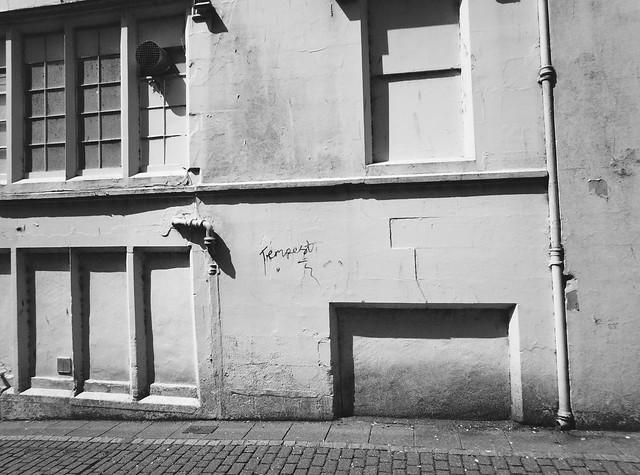
Okay I know I’m falling for the trope.
The concept of digital Lomo will horrify a quarter of you, intrigue another25% and make another1/4 scream you can do it in PS. The rest of you will be Meh !what’s the point.
But there has been a drive in digital to reproduce film like images. and there is a desire for lo-fi feel.
And weirdly there is a host of cameras that have acquired lo-fi linked tags. The two most (in)famous bear the Yashica branding but have little to do with the once mighty camera maker from Nagano. In fact they aren’t even from the same company, They are the impossible to find 2009 Yashica EZ F521 and the more recent Yashica Y35. PowerShovel seem to have moved on from their VUWS clones to focus on is niche too.
But turns out before the Y35 arrived there was already a lo-fi challenger that shared some of it’s features.
Enter the Paper Shoot.
So what is the Paper Shoot ?
The Paper Shoot was created in Taiwan in 2012. It’s name comes from the fact that its casing is made from environmentally sustainable products. The first model used recycled paper for its casing and recycled fibreglass for the PCB giving hence the name. The original casing came with a tree seed according to this early YouTube video
I suspect that idea was dropped rapidly due to concerns about biosecurity at customs. But still a nice nod to the environment. Paper Shoot switched to using Heavy Stone Paper which is derived from a mineral deposits. It purportedly less resources than fresh or recycled paper. It also wears better.
The camera has been heavily revised over the years with spec slowly increasing. The last named version (the PSIV) has a 2018 video on the company’s site. The EXIF Data describes mines as PAPER SHOOT-V and has a slightly different PCB suggesting this is the 5th generation model.
The camera is sold without the casing on but it relatively easy to secure the camera inside by folding and fixing with either the brass or clear plastic securing bolts. You’ll need to slide in 2 AAA batteries (ideally rechargeable) in before closing up the case.
The case can be changed and there are literally hundreds of designs including premium wooden cases, leather effect or even Star Wars themed. This means you can tweak things if you get more cases but as we’ll see that might be a issue for us Europeans.
But if launched in 2012 why am hearing about now ?
Blame Canada and COVID.
Paper Shoot did okay locally and in surround markets but have struggled to find partners further afield . It did get some attention in 2016 when it tied in with the recycled wood premium Croz Variants as part of a Kickstarter. But selling something on KS and converting it to a viable product is another game.
It not that it was unknown completely in the west. Kaman Wong (aka Kai W) got his hands on one in 2014 and gave it to AFP photojournalist Alex Olge .
But getting one outside Asia was still hard. You go to their site at papershoot.com but that was about it.
Weirdly COVID-19 was to have a positive hand in bring it into global attention. A couple of Canadian Entrepreneurs had began to move from traditional bricks and mortar to online when COVID struck. And they chanced upon this and have ended up as the North American distributors via their papershootcamera.com site.
And boy have they gone to town in promoting this. My 16 year old daughter whom really isn’t that influenced by Social media knew more about this camera when it arrived
Great so I can get one now in Edinburgh/Whitby or Vienna and join the cool kids ?
Sadly the Canucks only ship in North America. There are distributors around Asia and Australia but it seems no where else. You can’t even find it on the Blighty version of the ‘bay.
To get it in Europe or Boris’s Banana republic is a tad harder. You can buy direct from Taiwan but they don’t sort out customs. This means here in blighty you play double Russian roulette of your item not getting lost a Langley Heathrow and not getting hit with custom charges.
Although the Paper Shoot North America doesn’t deal out with the US/Canada it does sell onto other retailers. Notably this included B&H (aka the US Jessops) where mines came from. And they do sort out the customs although you pay for this.
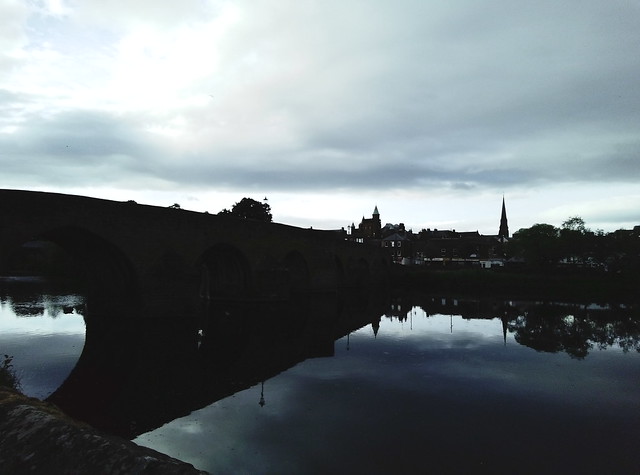
So another detailed spec coming up ?
Not quite.
It’s actually hard to find much precise info online. Paper Shoot are pretty canny with the details. I’ve emailed them but no response .
The core spec is 13 megapixel CMOS Sensor with a f/2 lens that is equivalent of a 22mm lens on a 35mm/full frame camera. In fact EXIF data suggest the lens can go from f/1.8 to f/4 but it isn’t uncommon for companies to round up.
The Current camera supports SD and SD-wifi cards up to purported 128Gb maximum according to the main company site. This means it can use some SDXC cards and worked fine with my 64Gb PNY Card. However the Canadians list up to 32Gb on their site (SDHC). For the bulk of testing I used a Generic SDHC 4Gb card. There is another slot on the device but this isn’t specified and doesn’t take micro SD cards (I tried).
The lens bezel is metal and designed to be used with 4 magnetic clip on lenses. These are wide angle, macro, radial effect (adds a peripheral blur) and 6 prism. There is not a filter thread but you can hold filters over.

But things get a bit more limited beyond that. So time for a bit of the late Donny Rumsfeld.
The Known Knowns.
Unless bundled the camera doesn’t come with and SD card nor any batteries. It needs 2 AAA batteries and recommends using rechargeable. In part because you can now charge them on board using the micro USB port (a short cable is provided), You can use that to move files onto your PC but the company advises against using if using non rechargeable batteries.
When its plugged in the camera can be used for 10 second 1080p or time lapse mode.
Exposure is automatic using a set of “algorithms”. The only user control beyond the shutter is a slider which sets 4 filters. Normal (unfiltered), B&W, Sepia and Blue tone. The latter two were originally called “Golden Memory” &“Blue November”
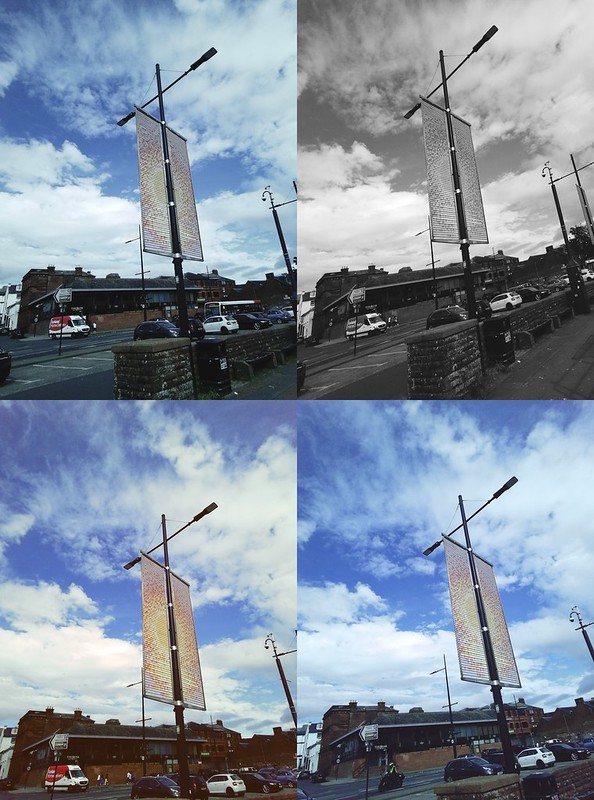
I actually think the old names fits better ‘cos that ain’t Sepia to me. The sepia and blue tone effects are very slight. Personally I’d call them C200, FP4 Plus, Lomo 100CN & Expired Superia.

The viewfinder is simply a hole. It’s noted to have about a 70% view but it actually is less IMHO. It is also off centre (towrds the left) and up. It worsens with closer objects.
The Chipset on the camera is the Novatek NT96658MBG. Widely used for Dash Cams but the NT96658 according to Novatek are also used in digital camera.
The Known Unknowns
Beyond that little else can be found. EXIF data suggest this camera usually sits at ISO 70, but can go to 460 ISO in very low light conditions. I’ve managed to range exposures according to EXIF from 1/30 sec + f/1.8 to 1/8000 + f/4 in bright conditions (but bear in mind I live in Scotland) . That should start ringing some alarm bells as these values would give you a EV value of 17.33 (in SW Scotland that’s no happening even on the balmiest day). However EXIF suggest there is a -3 EV compensation on every shot making a value of just over EV14 which is possible.
It is possible the camera could hit 1/10000 sec shutter speed but not where I live however 1/8000 would cover most bright circumstances.

The actual lens length is unknown. B&H describe it as a Largan precision lens. Largan lens is also mentioned on both the Taiwanese and Canadian sites. That’s quite helpful as Largan are a Taiwanese company that make camera modules for the likes of Apple and Samsung. And they do make a an off the shelf 13MP 1/3.1″ 1:2 module with a 5 element lens which whilst not likely to exactly our lens I suspect is close enough. Funnily enough a 3mm 1/3″ sensor lens is equivalent to a 22mm full frame lens so I’m not far off.
It also tallies closely to the 2019 Moto G7. It’s rear camera is a 12MP unit with 1/2.9″ sensor and a maximal f/1.8 aperture. It is seen as average spec for its day.
I shot over 300 images averaging around 2.1MB in size. That’s akin to the compression seen on more budget 12-13MP smartphones and about 1/2 what you’d expect a fine detail JPG from a 12MP dedicated compact or about a 1/7 the size of a RAW file. So I’m expecting some compression artefacts.
The Unknown Unknowns
I can’t find any info if there is a focus system. I’m pretty certain this use a smartphone like camera module. Today the bulk of these have autofocus except for the really cheap models.
But go back a few years many entry level cameras just had fixed focus. They relied on the fact that a smaller focal length and a smaller sensor actually made depth of field massive. So if this a 3mm 1/3″ with a f/1.8 lens with the lens wide if you fix focus at around 0.5m everything will be in acceptable focus from 24cm to infinity*
If I’m guessing it’s the latter as objects between 0.5-1m are optimally sharpest.
For reference the lens spec is comparable to using a full frame 22mm lens at f/13 !!! 1

How is it to make and shoot ?
Assembly is easy – just remember to put the batteries in first. Paper Shoot provided a choice of securing bolts (clear plastic or brass are provided). The brass bolt set comes with 2 different end plates so you can either have a screw head or radial design. There’s also strap made of some card like material but I never bothered adding.
To turn on the camera you just depress the shutter button on the front to take a shot (on mines it roughly where the tape spindle is). The camera makes a shutter sound at that point and 2 LED come on the rear. These double up as warning lights if your SD card is full or fault or the batteries are dying by flashing or only one coming on.
You get no other feedback.
It lags quite a bit from shutter depress until it actually takes a shot when first turned on (about 2 seconds). Once active that lag reduces to about 1 second. Before you ask the lag was as bad on the PNY performance Class 10 UHS-1 card as it was on the more lowly Class 4 generic card.
Just to note I loaded my camera with a set of reasonably charged Duracell rechargeable. I’ve left the camera plugged into my PC all this week which means tehy should get2+ hours charging a day. I’ve yet to see full charge
Results
The tl:dr is on a good day can produce images equivalent to a modern budget but reasonable smartphone camera with a vintage film filter on. B&W mode can be pretty good. But the auto-expsoure isn’t great in more complex situations and unlike your budget smartphone you’ve know way of adjusting focus or exposure on screen.
In more detail, I’m weridly gonna reference against an old 2013 Moto G (XT1032 version) with a lower res 5MP camera
Focus
This actually is okay and I’m still struggling to work out if AF or (more likely) fixed focus. Object on the better shots look reasonable sharp at most distances and even distance targets are acceptable. I’d say optimal focus is around 1-3 metres.

And focus is reasonable out to the edges of the frame. Softening is only noticeable if you zoom in.
It’s an interesting comparison to the Moto G1. Looking back on my shots on that in good light it could be sharp on the selected focal point but it softens quite a bit to the edges. It’s not awful but more evident than the Paper Shoot. That said the G1 has only 5MP to play with.
Dropping light things are not as sharp but that’s more due to the rise in noise.
Colour Balance
So the good news it does alright with white balance coping well enough with various lighting including LED bulbs which I’ve found older digital don’t cope with.
Colour balance was not accurate . In part this is for the vintage film feel, It has a tonality resembling some old fujifilm colour emulsions. It’s a bit like a even more blue biased version of Fujicolor C200. This shot was taken in natural light but at just over EV 8 (100 ISO). It is heavily cropped
Grey scale is off too but the Paper Shoot tends to brighten in lower light. For comparison here’s the same shot taken on a Panasonic Lumix TZ-70. Colour match real life much more.
The Moto G1 was also more accurate for colour balance but tended to be a bit more vivid.
Dynamic range whilst better than a pre 2010 digital camera is abut the same as a reasonable budget smartphone.
Aberrations/Noise ?
With a notable compression level, small optics and small sensor you’d expect some artefacts. And you won’t be disappointed. Take this shot.

Looks fine but when you crop in things break down a bit
To be fair it is no worse than many cheaper modern smartphone cameras. There’s obvious compression artefacts and some edging. Chromatic aberations are not awful and there is only slight pincushion radial distortions. This is better than the Moto G1 in good light but no better than a modern budget smartphone. But it doesn’t perform as nearly as well as the light level drops and ISO rises.
Things get much more nosier. It’s telling the camera tries to hold onto 70 ISO as going up even a little. Take this shot. Not awful but a bit more grainy.
But that’s in lowerlight you say. True but the ISO is only just 217. Trust me gets a lot more grainy at higher ISO.
Exposure
This camera does not come with average late 2010’s smartphone metering. There is no fancy multi-segment metering here. Although it must use TTL on sensor metering whatever processing of that information is quite poor.. It reminded me of the area clip on meter film camera meters like the Reveni. Except it was nowhere as good as them.
It literally is a tale of 2 shots
These were actually taken within seconds, on the same bridge crossing. The second shot is actually the first and is taken more in the direction of the sun (off frame to right behind cloud). The first shot was taken looking back over the bridge with the sun to the rear,
in good light with simple uniform lighting (from behind you as the photographer it broadly does okay. But backlight it or have brighter skies to evening foregrounds and it really underexposes.
Indoors it can try to boost the image by over exposing a tad but again put a strong backlight in and it struggles. With a maximal exposure from EXIF of 1/60 f/1.8 & 460 ISO this is not the best here. Noise gets notably more.
Flare is obvious but not good so avoid shooting into the light.
But is the Paper Shoot Lomo or Lo-Fi ?
If you seek the nadir of digital Lomography – These are not the cameras you’re looking for to quote an old bloke on Tatoonie.
So granted there is a film like filter but it’s like running some C200 though the average turn of the century AF 35mm compact (but with crap metering). There is little individualisation on this over a budget mobile image.
The obvious comparison is the Yashica Y35. It’s crappier lens gives the images more individuality and whilst it is no low light wonderkid, it certainly can do so. There is also something about loading the Digifilm and winding on. The Paper Shoot is much better technically but the Y35 is more lomo.
Final Thoughts on the Paper Shoot
This is a bit of fun to use. It also does give a more lo-fi aesthetic arguably helped by forcing you to plug the camera or card into your computer to review the shots.
On a good day it can produce images equivalent to reasonable modern budget smartphone. But your smartphone will have touch focus and exposure control. It’s likely also to be better at metering. and you can get all the film effect filtering you want and a review screen
And that budget smartphone will likely cost you the same or less than the Paper Shot. as I type I could pick up a Moto G8 from Argos on our high street for £119. That’s about 5 quid more than I paid for my Paper Shoot all in (although that includes a hefty $24USD import and VAT charge)
But that’s not the point. this is Lo-fi stuff and fun. But it ain’t lomo – you get smartphone quality images with a slight filter nothing more.
Footnotes
* Calculation based on a Circle of confusion of 0.011mm – generated by DoF tool at dofmaster.com
1 Based on calculations using Depth of Field (DoF), Angle of View, and Equivalent Lens Calculator at Pointsinfocus.

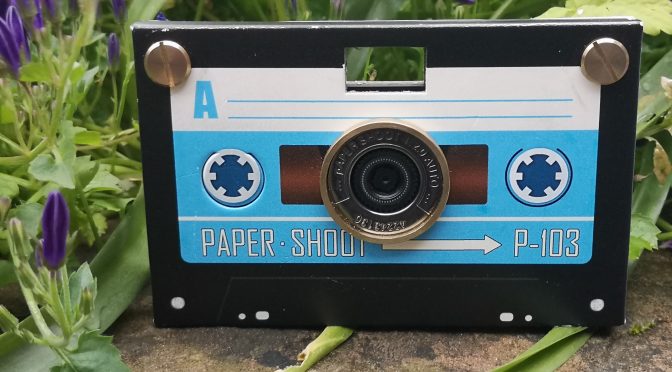

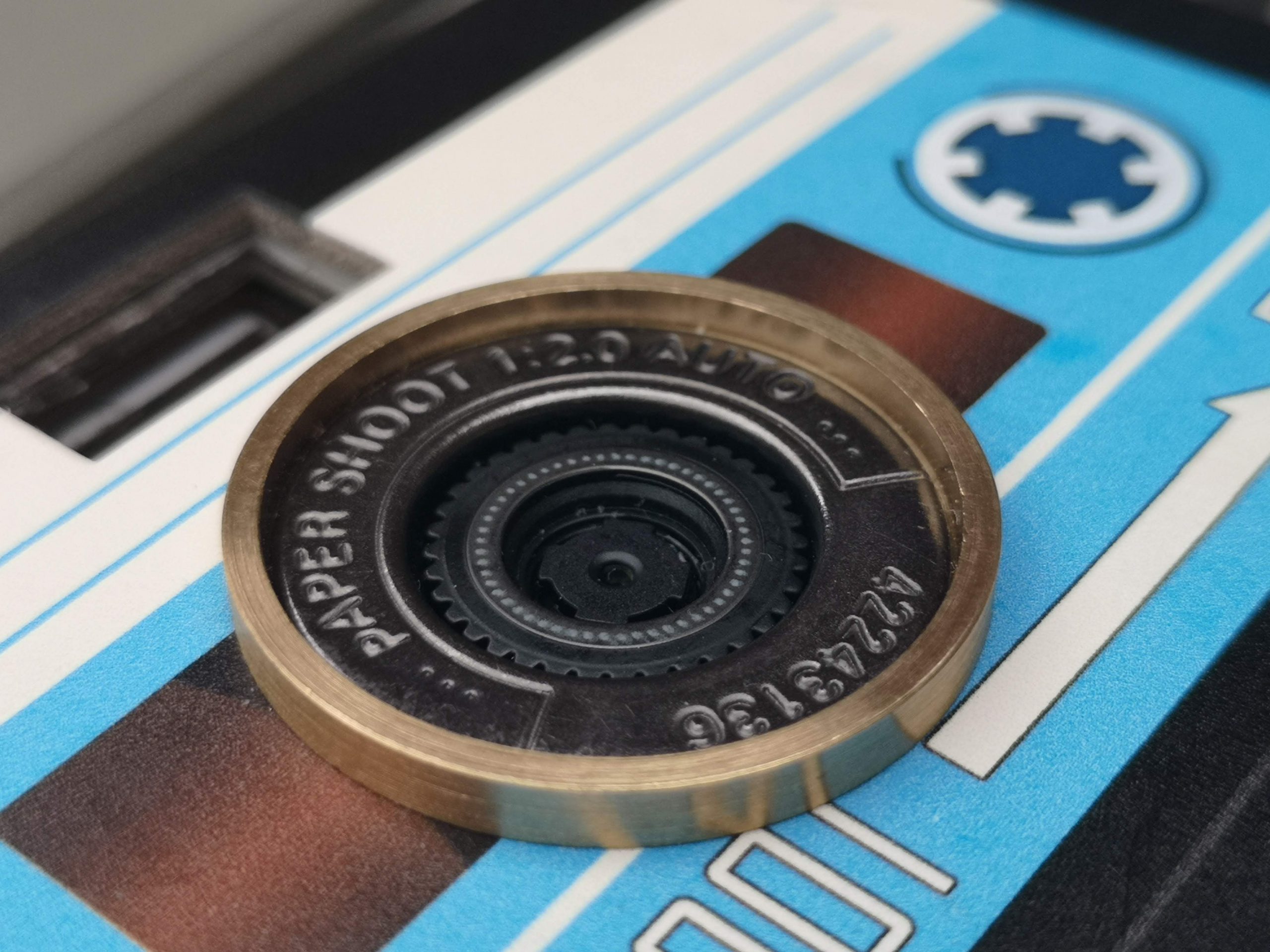
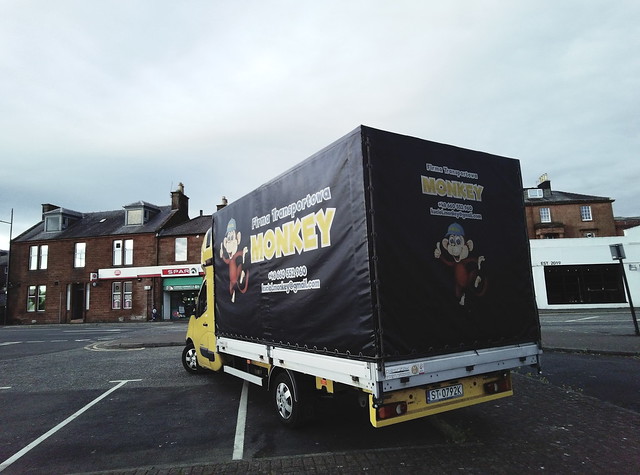
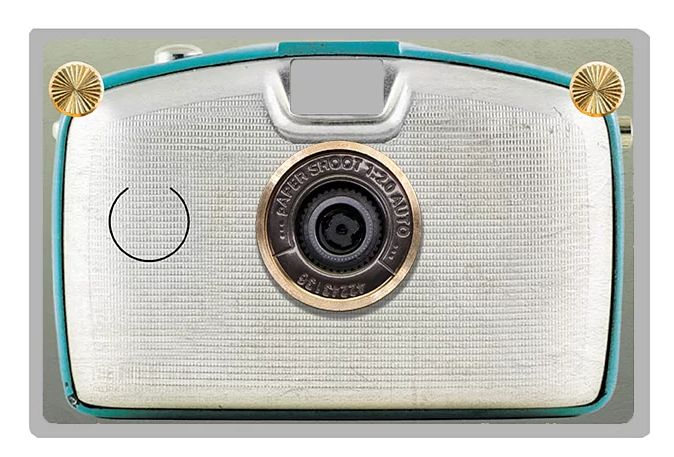
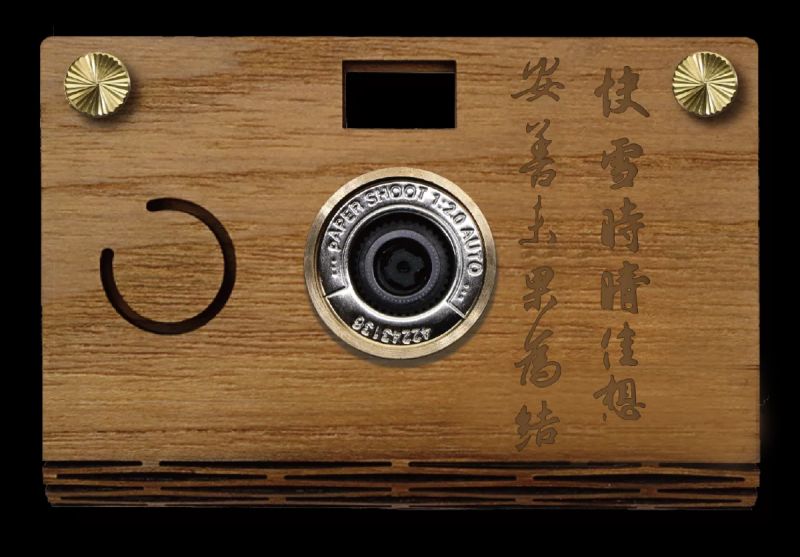
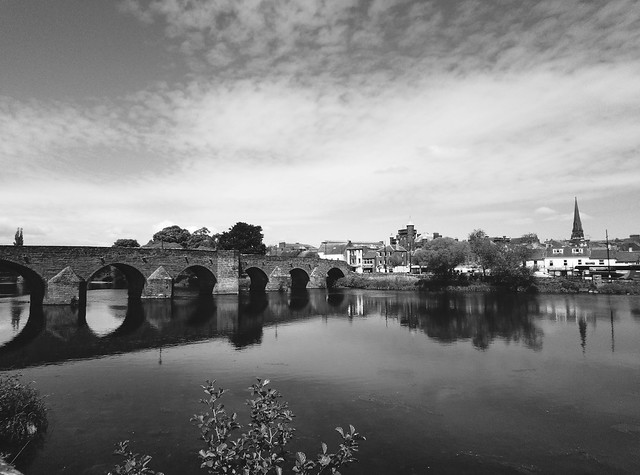
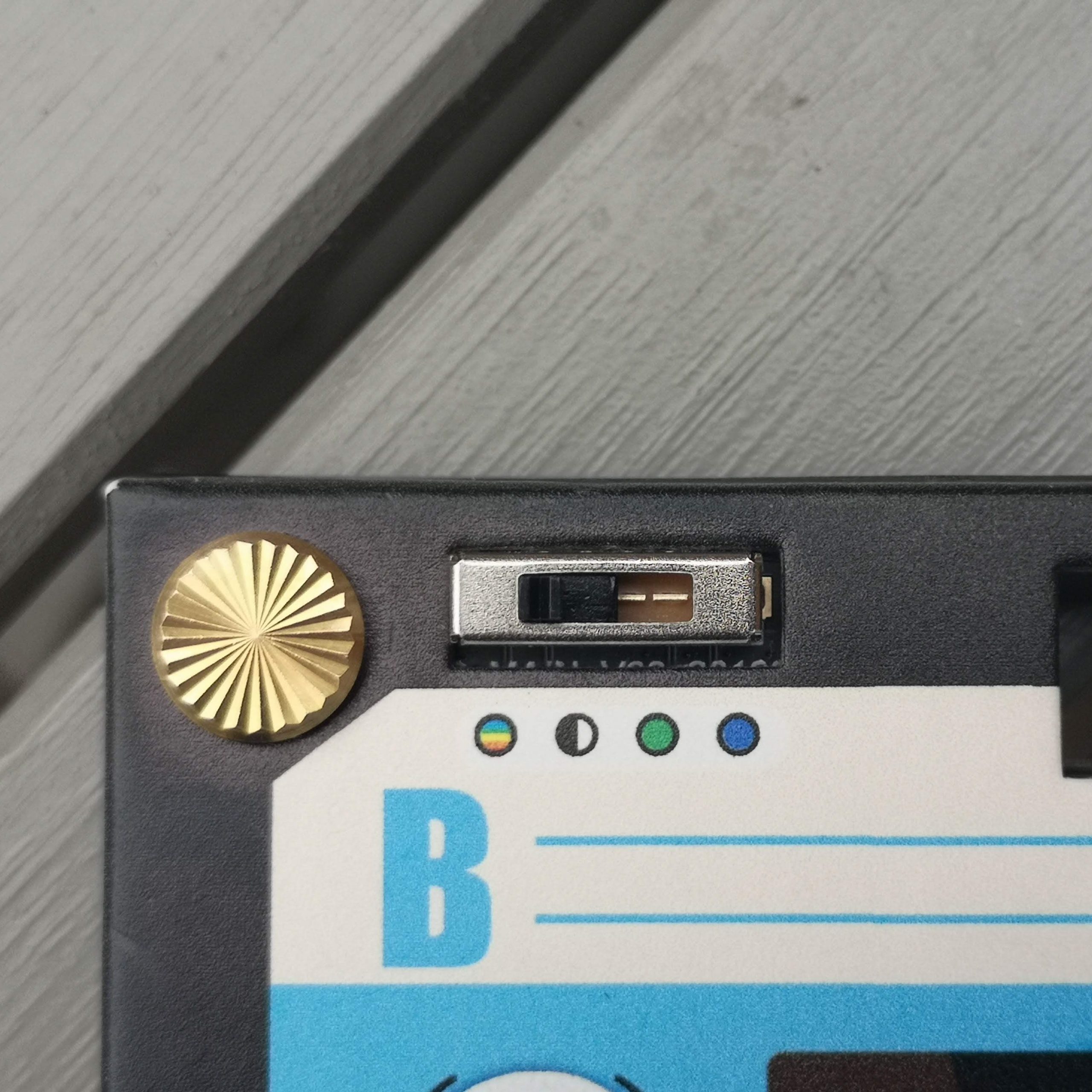



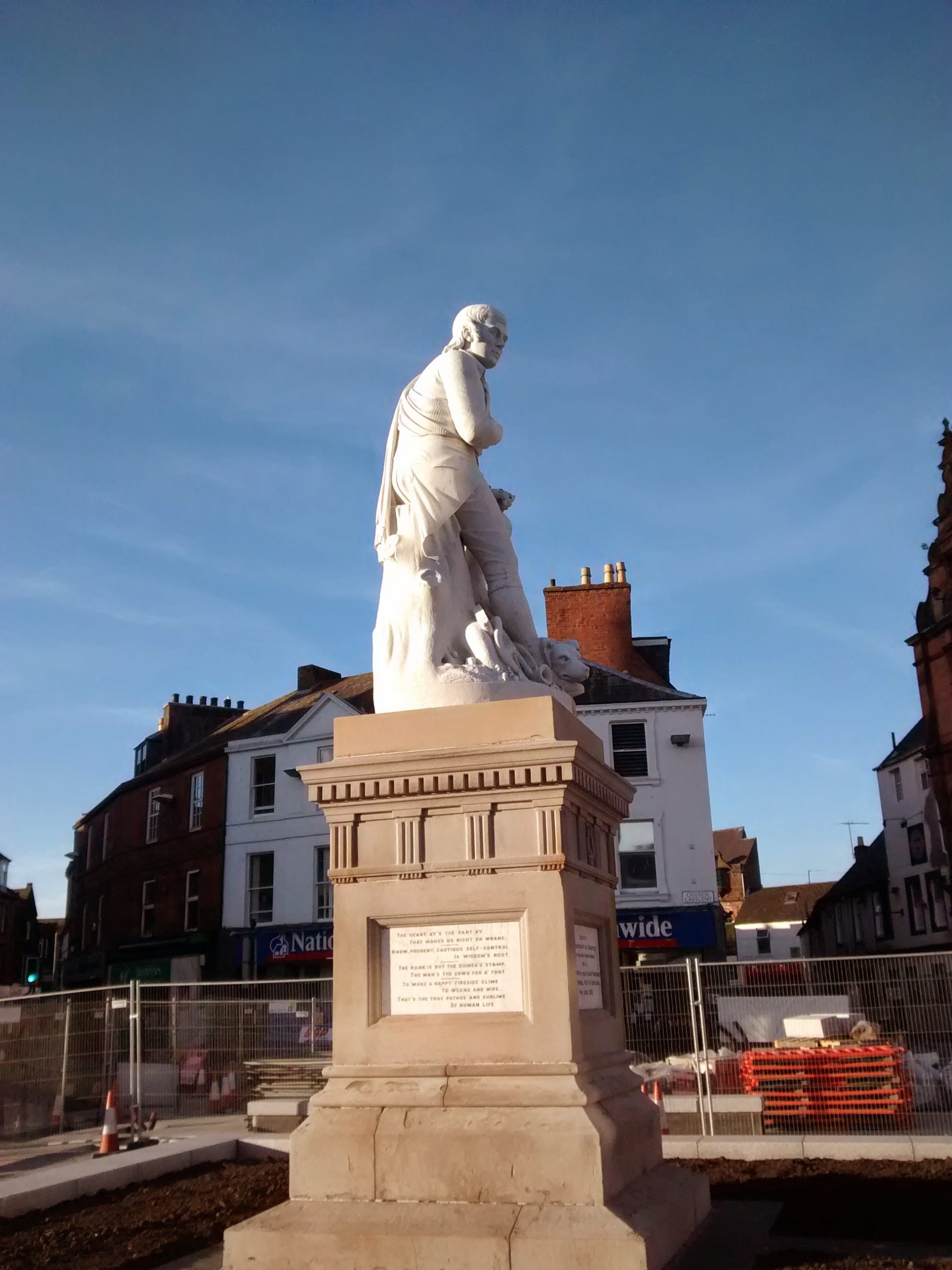
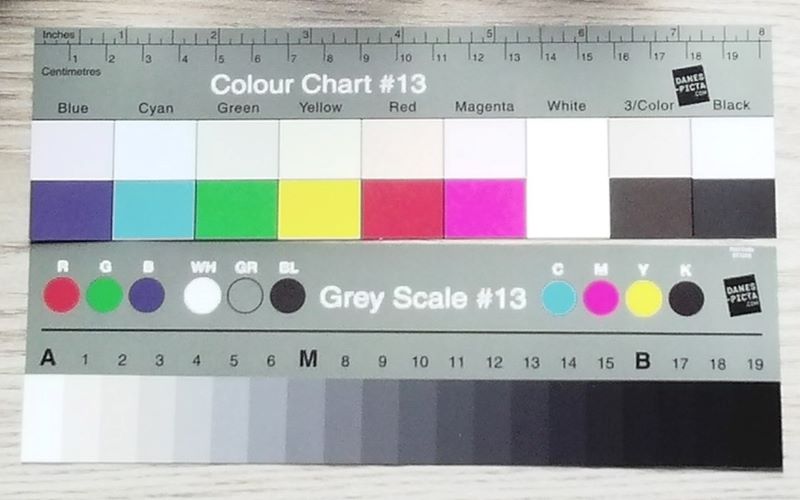
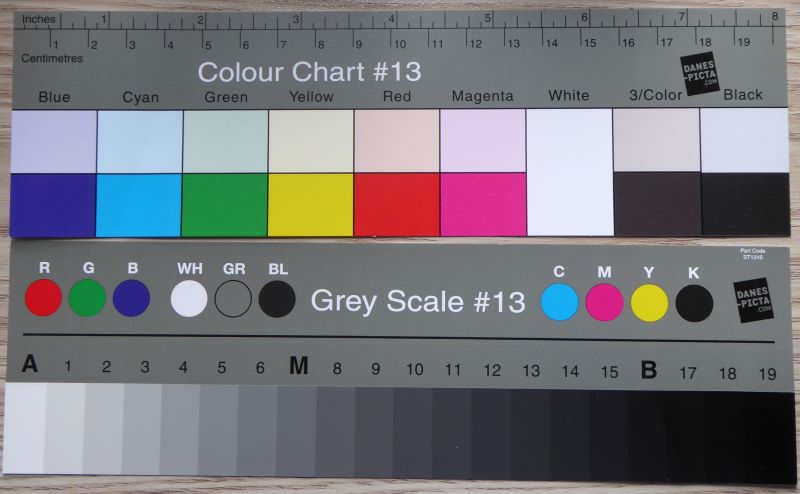





I just got a Papershoot camera from my wife as a birthday present.
I normally shoot film with a Leica M6 or Lomo lc-a so I was intrigued to say the least.
Firstly, the camera is attractive as well as very compact and easy to use. The viewfinder is a rectangular hole! Hold your eye very close to this hole as the lens is wider than you think. Modes: the colour mode is contrasty with muted colours that suit some subjects very well. Think urban street shots.
The Sepia mode has a warmer hue (but is still full colour not B&W Sepia) and the blue mode has a cooler/bluer hue. The B&W mode is my favourite. It has a very classic look.
The lens: it’s W I D E, so selfies are quite easy to do. The lens is sharper in the center and noticeably softer and dreamy at the edges.
Focusing: everything in front of the lens is in focus unless it’s almost touching the camera.
Exposure: the camera can be easily fooled by back lighting. Therefore, faces etc.. will be in shadow if it’s lighter behind the subject. There’s no obvious way to overcome this apart from making sure there’s enough light on the main subject. This camera can make great silhouettes! : )
Conclusion: this cameras is designed for fun and experimentation. It can make very pleasing lo-fi images that look great on a screen when not too large. As a digital “Lomo” style camera I believe it has succeeded.